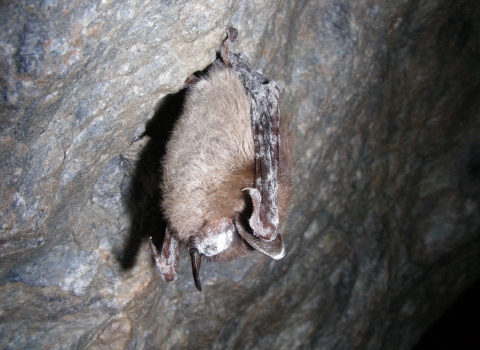Due to additional staff and budget shortfalls, Crab Orchard National Wildlife Refuge Complex is making changes to better accommodate visitors and keep everyone safe out in the field. This means the visitor contact station at Shawnee Community College for Cypress Creek National Wildlife Refuge will be closing as of September 30, 2024, and all visitor services for both refuges will be handled at the Crab Orchard National Wildlife Refuge Visitor Center until further notice. We don’t know how long these changes will be necessary, but we will keep our neighbors and visitors apprised of the situation.
These challenges are just one part of a nationwide 25% reduction in staff on the National Wildlife Refuge System across the country since 2011. Staffing levels at the wider complex that Cypress Creek National Wildlife Refuge is a part of have decreased significantly in recent years due to retirements and other departures. At first, we were able to address limitations by reducing hours at the Cypress Creek visitor contact station, but now we are faced with additional staff reductions and are unable to adequately keep the station open even with limited hours.
The daily operations at the Crab Orchard National Wildlife Refuge Visitor Center, which is open from 8:00 a.m. to 4:00 p.m., along with a robust support team, will be better able to provide quality services to those interested in visiting Cypress Creek.
While staffing concerns are likely to continue for the foreseeable future, resources supporting other aspects of our agency’s work have been strong. Our conservation work will continue unchanged and refuge lands will remain open for exceptional outdoor experiences, including hiking, wildlife viewing, hunting and other wildlife-dependent activities.
Cypress Creek National Wildlife Refuge has been, and will continue to be, deeply rooted in the conservation of the lands and waters of the Cache River Watershed of southern Illinois. Established in 1990 under the Emergency Wetland Reserve Act, the refuge is part of the largest remaining swamp and forested wetland habitat in the midwest, and includes some of the oldest living trees east of the Mississippi River. Focused on protecting, restoring and managing 17,000 acres of wetlands and bottomland forests, the refuge footprint touches four counties between the Ohio and Mississippi rivers, and is rife with bald-cypress and water tupelo trees, ancient giants that have stood here for centuries.





